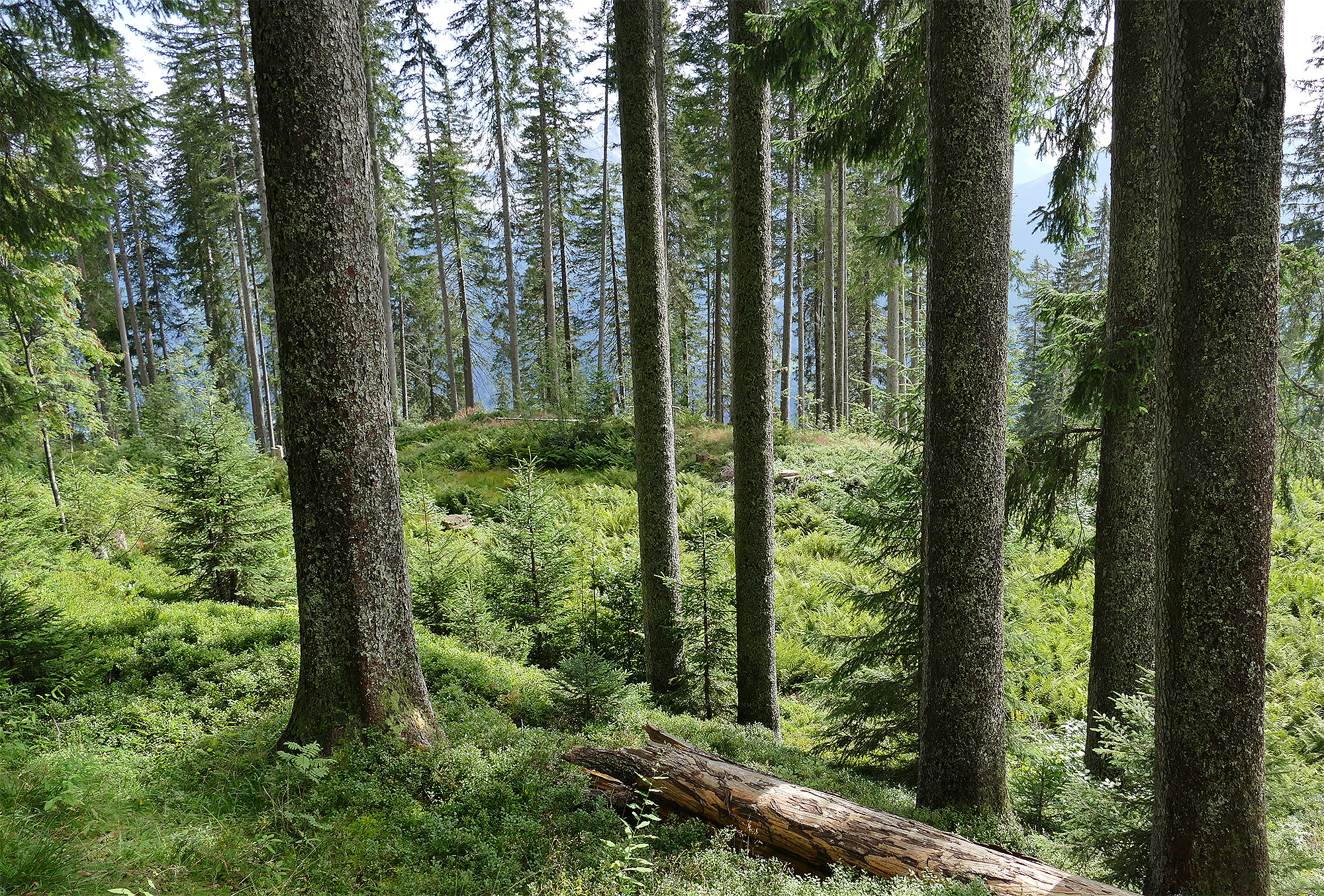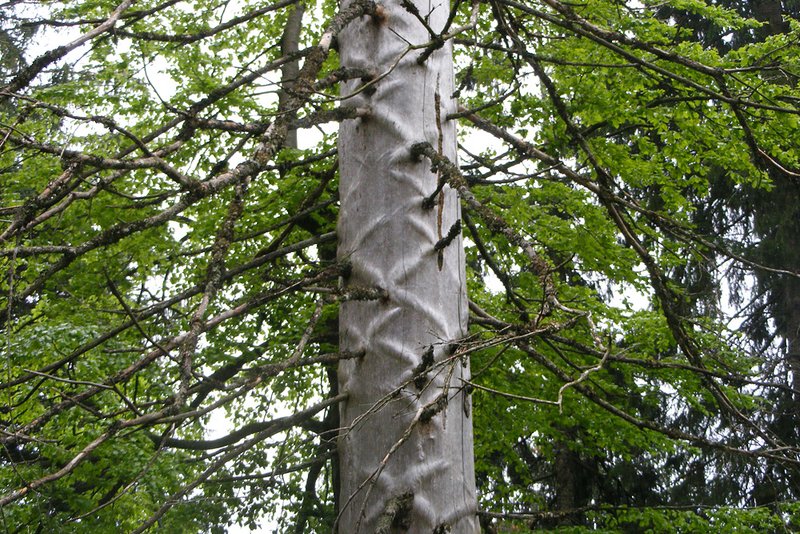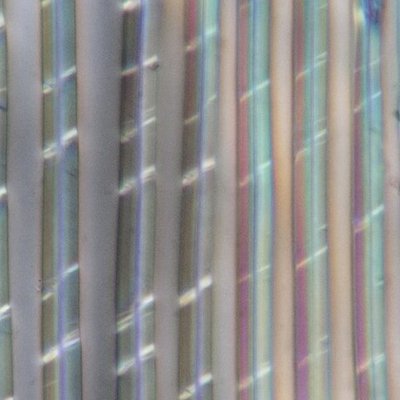Particularly in mountainous and hilly areas, trees are exposed to high mechanical loads. Large amounts of snow and wind-exposed positions on ridges and hilltops mean that strong forces regularly act on a tree’s trunk and branches. If the mechanical stress is too high, the trunks break under the load, as the severe storms of recent decades have very clearly shown.
It is not uncommon for the trunk to withstand the stresses externally, whereas internally, there may be compression damage and fibre fractures. This happens when the tensile strength of the wood on the side facing the wind is sufficient to keep the trunk intact, but the compressive strength on the other side is exceeded. The tensile strength of the wood is approximately twice as great as the compressive strength.
In these cases, the wood fibres on the side of the trunk facing away from the wind are compressed perpendicularly to the direction of the fibres. Such excessive mechanical stress often occurs with repetitive compression and bending loads, which is the case during wind storms with strong gusts of wind. Large amounts of wet snow or ice accumulation can also lead to fibre compression, especially when the crown shape is one-sided.
Callus formation in response to injury
The tree reacts to fibre compression and compression fractures by producing callus tissue to compensate for the reduced stability of the trunk. This particularly short-fibre, lignin-rich callus tissue grows over the compressed fibres as the trunk continues to grow, often forming conspicuous bulges on the surface of the trunk after a few years. As a rule, the fibre compression starts from the branch whorls, because these are the natural weak points in the grain of the wood fibre. From the branches, damage caused by shear stresses often extends diagonally to the stem axis, resulting in characteristic cross-shaped bulges after callus growth to close the wound (Fig. 1). These are particularly obvious once the bark has fallen off.
Callus formation: this characteristic wound tissue differs distinctly from normal wood and occasionally leads to clearly visible growth anomalies.
Trees with compressed fibre are not always very easy to recognise, however, because slight injuries cause only a slight reaction, and because the callus area can disappear over time as the tree grows in diameter. In these cases, the compression can often only be detected under a microscope (Fig. 2). This must be taken into account when processing timber from stands once damaged by wind or snow pressure, as the trees do not regain their normal strength through the callus tissue even after many years of callus formation, and can usually no longer be used as construction timber. Coniferous wood, especially spruce growing in exposed locations, is considered to be particularly susceptible to compression fractures.
Callus tissue forms not only after fibre compression, but also as a result of other trunk injuries, such as frost cracks or lightning grooves.
Translation: Tessa Feller
Sources
- Knuchel, H. (1947): Holzfehler. Werner Classen Verlag Zürich. 3. Auflage.
- Richter, Ch. (2010): Holzmerkmale. DRW-Verlag. 3. überarbeitete und erweiterte Auflage. 224 S.
- Schmidt-Vogt, H. (1986): Die Fichte. Ein Handbuch in zwei Bänden. Band 2/1: Wachstum, Züchtung, Boden, Umwelt. Verlag Paul Pary Hamburg.


